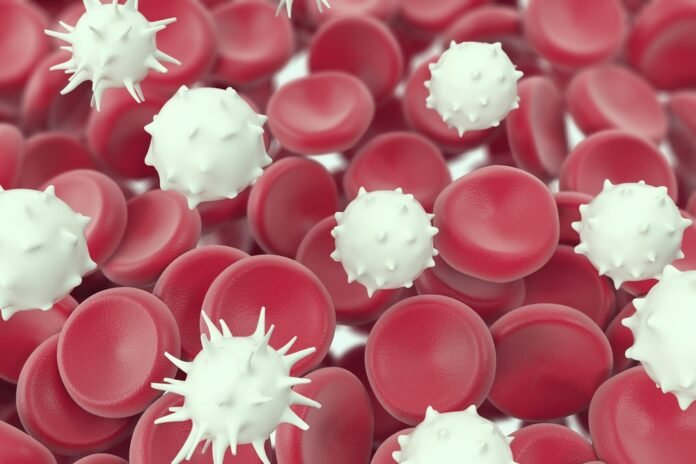White blood cell (WBC)disorder happens if the body produces either too little or too many white blood cells. One of the four critical components in human blood, WBCs are produced in the bone marrow and strengthen one’s immune system and its ability to fight infectious diseases.
WBC disorder affects both children and adults.
High levels of white blood cells is a big concern, and it happens as the body’s over-response to an inflammation or infection present in the body. It is challenging to diagnose the disorder as the symptoms are not severe and often related to other common diseases.
The cell counting kit 8 test is a commonly prescribed analysis to evaluate the levels of white blood cells in the body.
Symptoms of White Blood Cell Disorders
The symptoms of white blood cell disorders vary from one individual to another, and some may not experience any symptoms whatsoever. Symptoms include the following:
- Fever
- Fatigue
- Pneumonia
- Unexplained Weight Loss
- Malaise
- Mouth Ulcers
If you’re experiencing any of these symptoms for quite some time now, it is imperative to consult your doctor. They recommend blood tests to know the levels of WBCs in your blood combined with other tests like cell counting kits to confirm the WBC disorder.
Causes of White Blood Cell Disorders
The white blood disorders are categorized into two subdivisions; one is proliferative disorders, which means a sudden increase in the count of white blood cells in the body. And, the other being, leukopenia which results in low production of white blood cells.
Both these types of disorders occur whenever there is some change in the production process of white blood cells, problems with cellular function, or any related issue to a type of white blood cells.
Common White Blood Cell Disorders Are As Follows:-
Leukocytosis
It is a sudden increase in the number of white blood cells. The possible cause for this condition is a viral or bacterial infection; certain medicines also affect the production of WBCs. Other causes include genetic diseases, inflammatory conditions, or cancer.
Leukemia:
It is a low production condition that happens because of the cancer cells responsible for the production of the white blood cells in the bone marrow. The possible causes of leukemia are long-term radiation exposure or smoking.
Autoimmune Neutropenia
It is a condition when the body produces antibodies to fight and destroy white blood cells. Autoimmune Neutropenia is associated with other diseases such as Crohn’s disease and rheumatoid arthritis.
Leukocyte adhesion deficiencies
It is a rare disorder when the white blood cells are unable to move to the infection site to fight it.
Chronic Granulomatous Disease
The chronic granulomatous disease is a disorder when the multiple types of white blood cells: neutrophils, monocytes & macrophages are unable to function correctly. It is a congenital condition and leads to numerous infections, such as abscesses and pneumonia.
Diagnosis of White Blood Cells Disorder
A complete blood count test is advised if you have recurrent or unusual infections, and the doctor suspects it to be a WBC disorder. Your doctor will look into the change in your WBC count against the below standard criteria:-
- Newborns: 9,000 to 30,000 white blood cells per Microliter of Blood
- Children: 5,000 to 10,000 white blood cells per Microliter of Blood
- Men: 5,000 to 10,000 white blood cells Per Microliter of Blood
- Women: 4,500 to 11,000 white blood cells per Microliter of Blood
Note: The African-Americans have a lower baseline of WBC count.
Let’s Wrap Up
The treatment depends mainly on the type of white blood cell disorder and the underlying causes. People with a white blood cell disorder must be monitored continually with a proper treatment plan that includes antibiotics, medications that promote white blood cell production in the bone marrow, and stem cell transplantation, and curative therapy.























